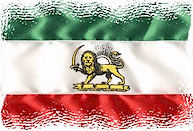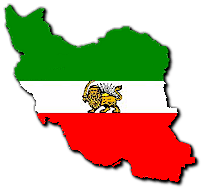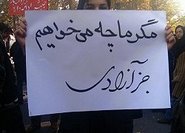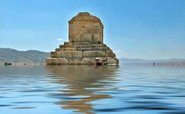A B ' B A N C E L E B E R A T I O N S
جشن اردیبهشتگان
جشن فروردینگان
جشن خردادگان
جشن تیرگان
جشن امردادگان
جشن شهریورگان
جشن مهرگان
تیرما سیزه شو
دهواحنینا
پاییزانه
گالشی جشن
جشن آذرگان
جشن دیگان
جشن بهمنگان
جشن اسفندگان
شمایل و پیکر ناهید
سراسر ایران شده است معبد آناهیتا !
دوشیزه ناهید، مادر مهر


Anahita is the name of a popular Zoroastrian yazatā and an ancient Iranian cosmological figure venerated as the female guardian angel of waters (Ābān), associated with fertility, healing and wisdom. Her name is (Avestan) Ardәwī Sūrā Anāhitā, (Old-Persian) Anāhitā, (Middle-Persian) Ardwīsūr Anāhīd (New-Persian) Nāhīd. In Armenia she is called Anāhit and Greeco-Roman historians refer to her either as Anāitis or identified her with one of the divinities from their own pantheons. An iconic shrine cult of Aredvi Sura Anahita was - together with other shrine cults- "introduced apparently in the 4th century BCE and lasted until suppressed [in the wake of] an iconoclastic movement by the Sasanian dynasty" (Boyce 1975b, p. 454.)
Etymology
Only Arədvī is specific to the divinity (Boyce 1983, p. 1003), and for etymological reasons - could originally have meant 'moist'. The words sūra and anāhīta are generic Avestan adjectives (Boyce 1982, p. 29) and respectively mean 'mighty' and 'pure' (Lommel 1927, p. 29; Boyce 1982, p. 202) or 'immaculate' (Boyce 1983, p. 1003). Both adjectives also appear as epithets of other divinities or divine concepts such as Haoma (Boyce 1926, p. 99) and the Fravashis (Boyce 1926, p. 133). Both adjectives are also attested in Vedic Sanskrit (cf. Monier-Williams 1898).
SEE MORE HERE :

























 اخبار مربوط به زندانیان سیاسی و نقض حقوق بشر
اخبار مربوط به زندانیان سیاسی و نقض حقوق بشر

















 Tulips in Holland
Tulips in Holland












No comments:
Post a Comment